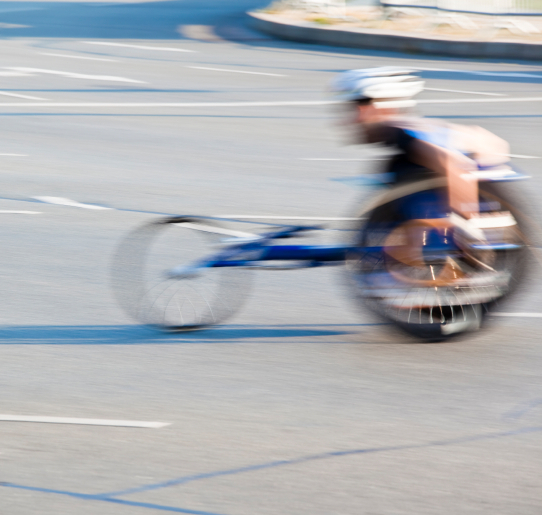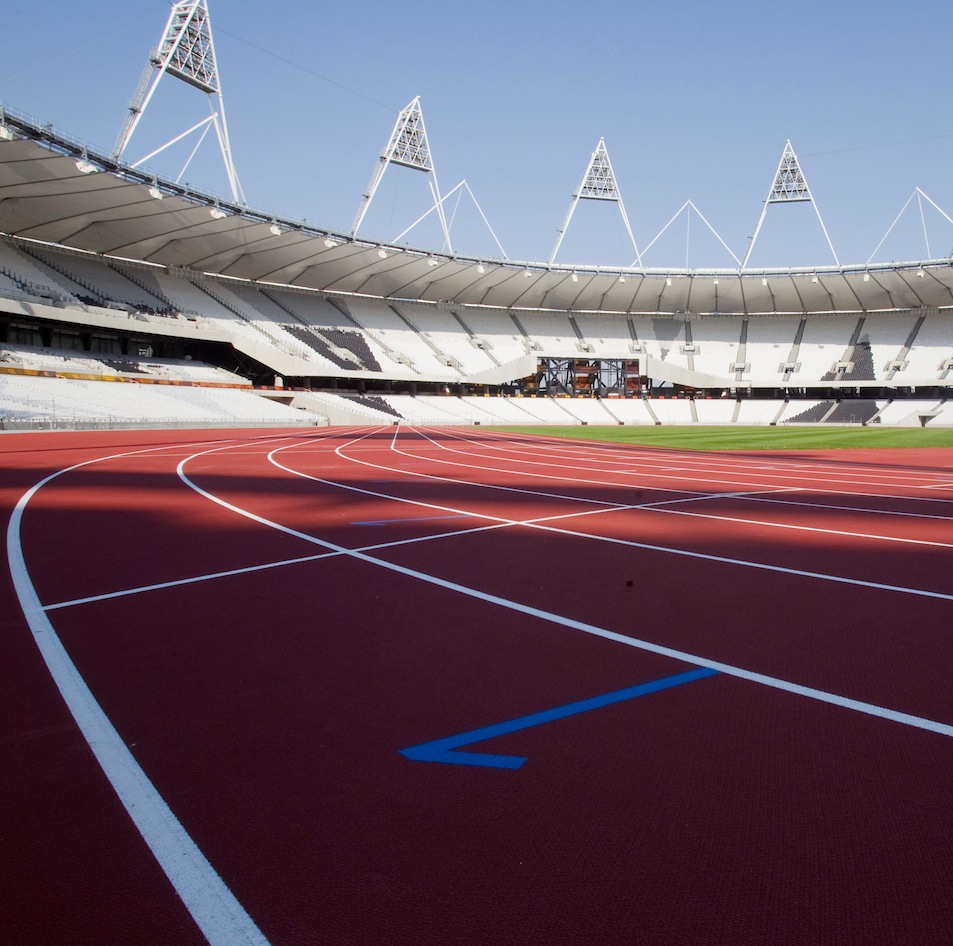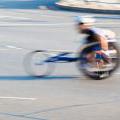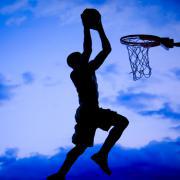-

What do the track bikes used by Olympic and Paralympic athletes have in common with the earliest penny farthing bicycles? Rachel Thomas explores the relationship between gear ratios and speed in cycling in this article aimed at older students and general readers.
-

Wheelchair racing is one of the most exciting disciplines in the Paralympics. It also overturns some of our assumptions about Olympic track athletics: looking at the trends in world record performances for elite able-bodied and wheelchair track athletes shows that they are both very well defined but quite surprisingly different. Professor John D. Barrow explores the maths.
-

Take a look at the amazing limits that athletes push themselves to in search of Olympic glory. Which events see the fastest speeds, furthest distances and highest forces? This activity challenges students to undertake some research, calculate with measurements and different units, and make comparisons, and has a number of different parts aimed at students across both Key Stages 4 and 5.
-

For this article Plus, our free online maths magazine, interviewed leading researchers in sports technology and engineering to learn more about their work with Olympic and Paralympic athletes in a range of sports. Improvements to equipment or clothing may save only a few hundredths of a second, but that can mean the difference between a silver or gold medal.
-

Team games like football, hockey, basketball, handball and wheelchair rugby are played on pitches or courts of different sizes with different numbers of players. The density of players on the pitch plays a significant role in determining the nature of the game and how fast players need to react. This investigative activity challenges students to research information about a number of sports and to engage in mathematical modelling, and is aimed at higher level GCSE and A Level students (Key Stage 4 and 5).

